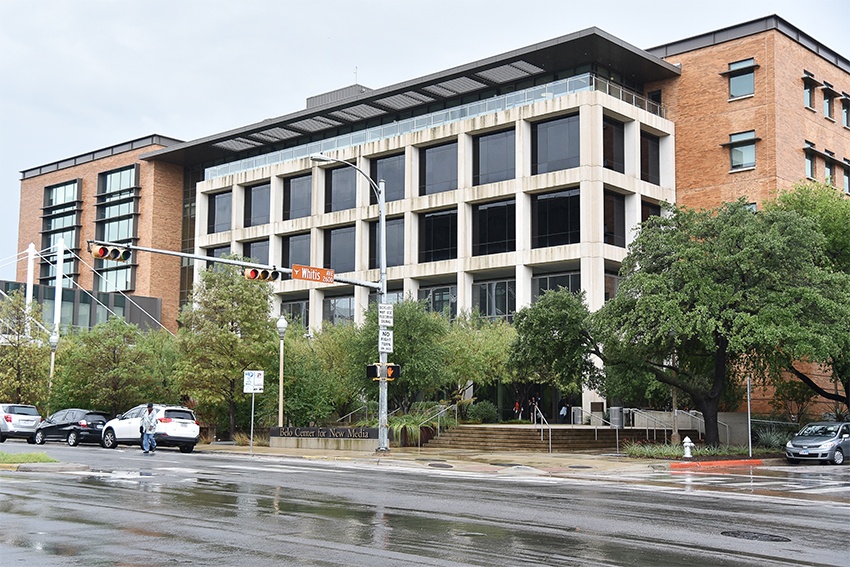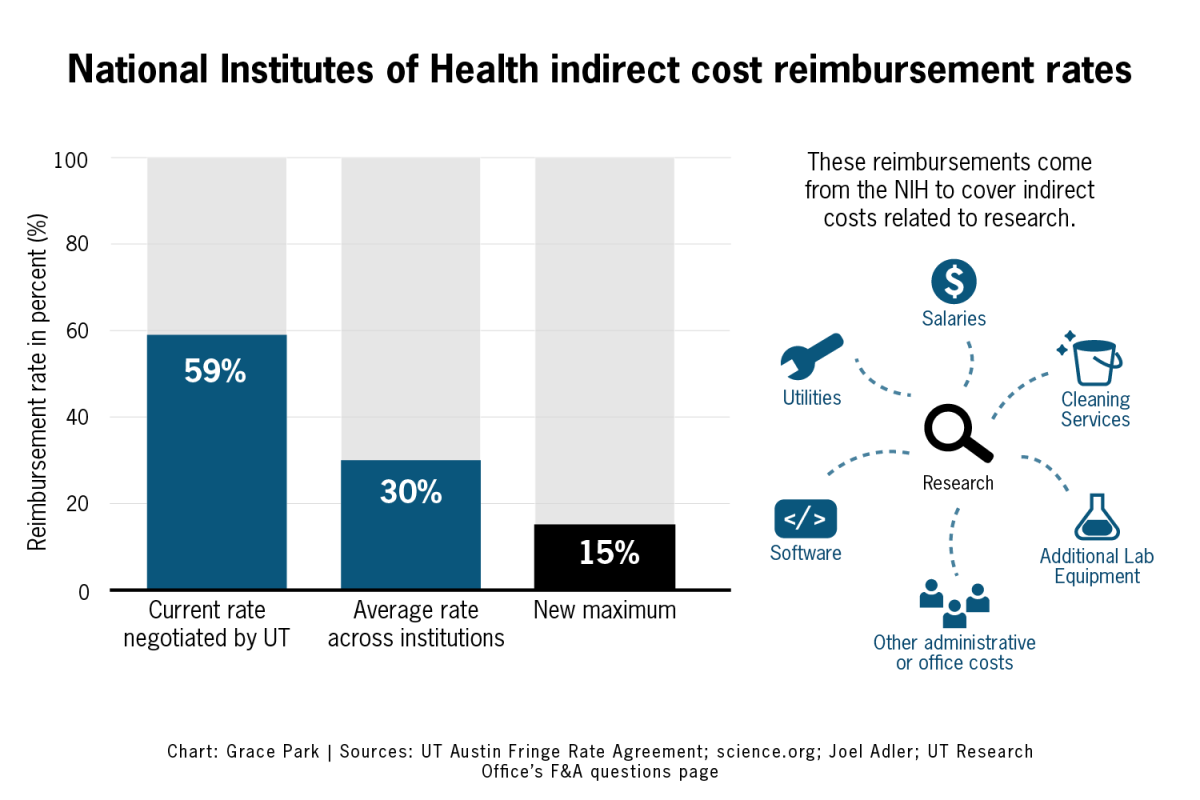At a Thursday lecture, UT alumna Lauren Petersen said that unlike American slavery in the 1800s, ancient Roman slaves from Pompeii were not distinguished by race or ethnicity.
Petersen, an art history professor at The University of Delaware, said her work looks at the past from the eyes of the slaves, instead of the slaveholders. In her research, Petersen focuses on finding areas within Pompeii where slaves may have spent their time.
During the lecture, held anually by the Graduate Student Art History Association (GSAHA), Petersen displayed maps of ancient Pompeii to illustrate the capability of slaves to freely move about its city streets and partake in activities beyond the duties assigned by their masters.
“Slaves fetching water at the fountain also had the opportunity, when the timing was right, not only to stand about and socialize, but also to take a few steps further to a tavern,” Petersen said.
Petersen, who analyzes designs of various Roman architectural works, said it is difficult to definitively determine if slaves ever occupied these sites.
“Our project is trying to find something that is hard to find archaeologically,” Petersen said. “We’ve thought about places slaves could go within the framework of [houses and streets].”
Classics graduate student Olga Koutseridi said she was skeptical of Petersen’s methodology because not enough archaeological evidence is available to verify the assumptions made about the slaves’ living situations.
“How do you define something as being a slave’s room?” Koutseridi said. “That’s completely speculative.”
According to Koutseridi, it is also a mistake to compare American slavery to Roman slavery.
“Rome had a lot of rich slaves that would buy their freedom,” Koutseridi said. “There were plenty of rich slaves walking around the streets that were not differentiable from free Romans.”
Art history graduate student Jessamine Batario, who planned the annual lecture, said she wanted to focus this year’s event on a successful graduate of the University’s art history program. According to Batario, GSAHA selected Petersen, who received her doctorate in 2000, from seven potential candidates.
“In a way she’s like a model for us because she received a degree that we are all in the process of getting,” Batario said.
Batario said choosing the lecture speaker is a remarkable opportunity for art history graduate students.
“For once the grad students have a say in the type of [scholar} they want to come to UT,” Batario said.



















